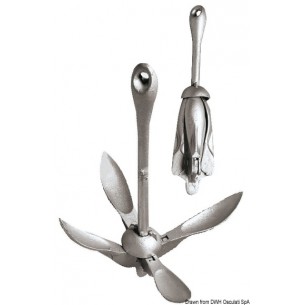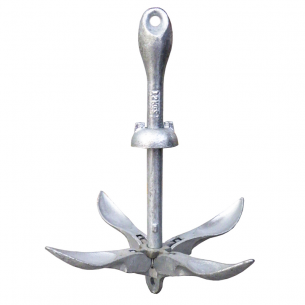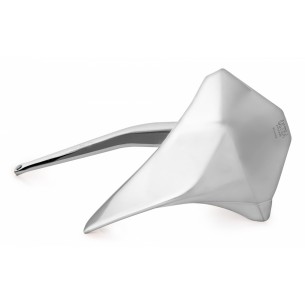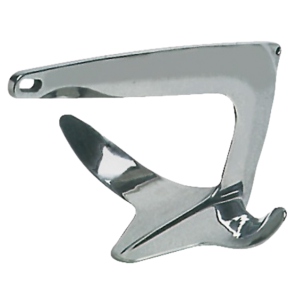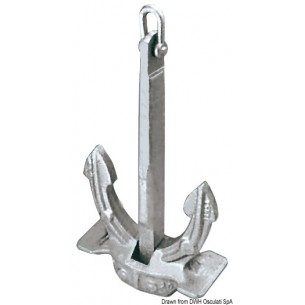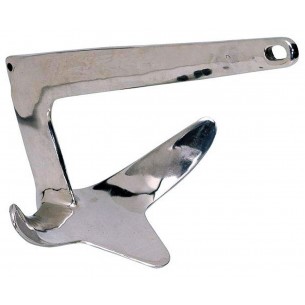Your cart
There are no more items in your cart
Still boat

Before buying an anchor it is good to know that there are many types. In the boat anchor section of the HiNelson catalog you can find many models: from the most classic admiralty anchor to CQR, Delta, Danforth anchors. The right boat anchor should be chosen according to the size of the boat: if very small, it will be better to avoid bulky and heavy anchor models and in relation to the type of seabed, if you are used to frequently change the navigation area, for example, it will be better to choose a versatile anchor. In the boat anchor category, you will also find floating anchors, used...
Read more
Before buying an anchor it is good to know that there are many types. In the boat anchor section of the HiNelson catalog you can find many models: from the most classic admiralty anchor to CQR, Delta, Danforth anchors. The right boat anchor should be chosen according to the size of the boat: if very small, it will be better to avoid bulky and heavy anchor models and in relation to the type of seabed, if you are used to frequently change the navigation area, for example, it will be better to choose a versatile anchor. In the boat anchor category, you will also find floating anchors, used to slow down and control the boat.


